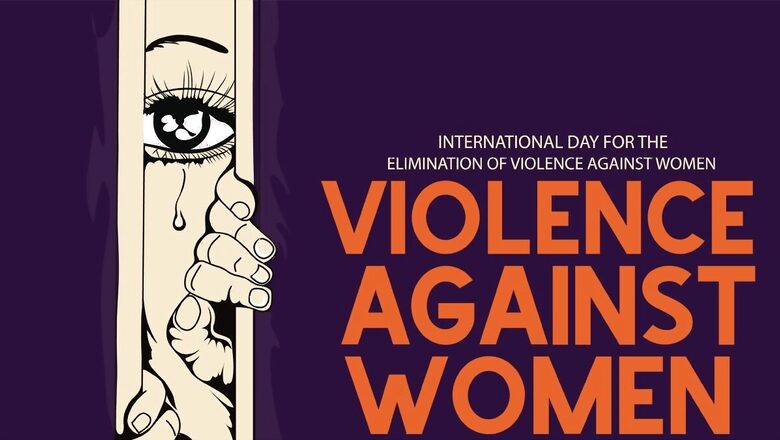
views
The International Day for the Elimination of Violence against Women, observed annually on November 25th, serves as a poignant reminder of the widespread issue of gender-based violence that continues to plague societies worldwide. This day carries profound importance in promoting awareness, championing women’s rights, and fostering a collective commitment to eradicate violence against women.
Beyond being a commemoration of past sacrifices, it serves as a catalyst for envisioning a future where the elimination of violence against women is not just an aspiration but a reality. While we strive to make it true, it is crucial to reflect on the progress we have made so far and how the idea originated in the first place.
History
The origins of this day can be traced back to the tragic assassination of the Mirabal sisters in the Dominican Republic in 1960. Patria, Minerva, and María Teresa Mirabal— political activists, boldly opposed the dictatorship of Rafael Trujillo. They were brutally murdered in 1960. Their tragic end spurred the global feminist movement, and in 1999, the United Nations officially designated November 25th as the International Day for the Elimination of Violence against Women in their honour.
The Declaration on the Elimination of Violence against Women was endorsed by the General Assembly on December 20, 1993, through resolution 48/104, marking a crucial step toward the global eradication of violence against women and girls.
Subsequently, on February 7, 2000, the General Assembly solidified this commitment by adopting resolution 54/134. This resolution formally established November 25 as the International Day for the Elimination of Violence Against Women.
2023 Theme
Each year, the day is marked by a specific theme that encapsulates the current challenges and goals in the fight against violence targeting women.
This year, the global theme, as designated by the UN Secretary-General’s UNiTE campaign, is “UNITE! Invest to prevent violence against women and girls.” This theme underscores the imperative to collectively come together, pool resources, and allocate investments strategically to proactively prevent instances of violence against women and girls.
Significance
The significance of this day goes beyond mere observance; it serves as a call to action. Violence against women persists in various forms – physical, psychological, and economic.
The International Day for the Elimination of Violence against Women prompts governments, organisations, and individuals to reflect on the alarming prevalence of gender-based violence and take concrete steps to eradicate it.
How is International Day for the Elimination of Violence against Women celebrated?
Across the globe, organisations, governments, and communities come together to observe this day through a myriad of activities. Awareness campaigns, educational events, seminars, and art exhibitions are organised to shed light on the magnitude of the issue and educate people on the ways to prevent and address violence against women.
Symbolic gestures, such as illuminating landmarks in orange – the official colour of the campaign – symbolize solidarity. Social media plays a pivotal role in amplifying the message, with the hashtag #OrangeTheWorld becoming a rallying point for sharing stories, statistics, and resources related to ending violence against women.
Despite the strides made in recognising and addressing gender-based violence, numerous challenges persist. Cultural norms, discriminatory laws, and the stigma surrounding survivors hinder progress. The International Day for the Elimination of Violence against Women serves as a platform to acknowledge these challenges and collectively work towards overcoming them.
As we commemorate the International Day for the Elimination of Violence against Women. By fostering awareness, advocating for policy changes, and promoting a culture of equality, we inch closer to a world where every woman can live free from the fear of violence.




















Comments
0 comment